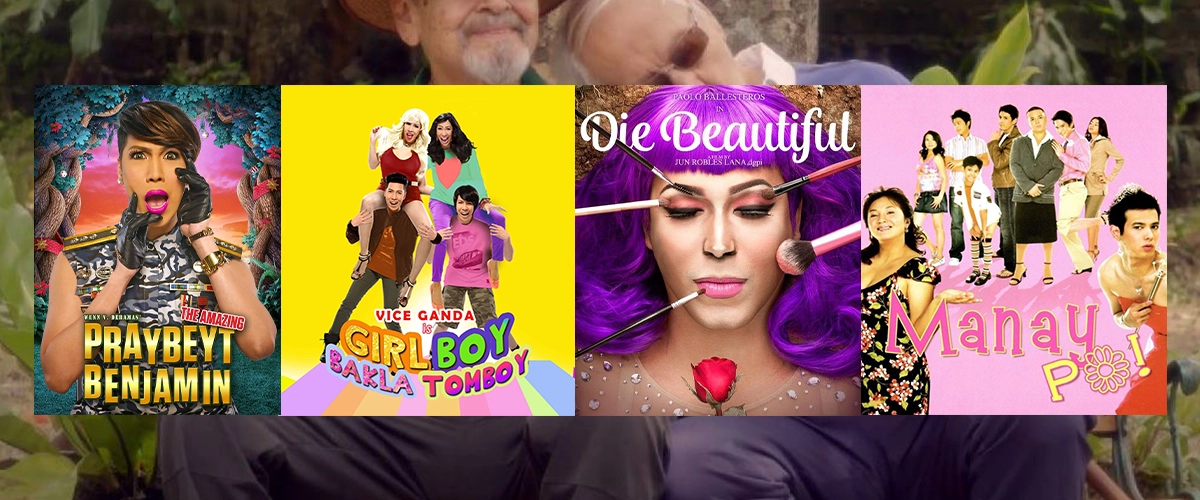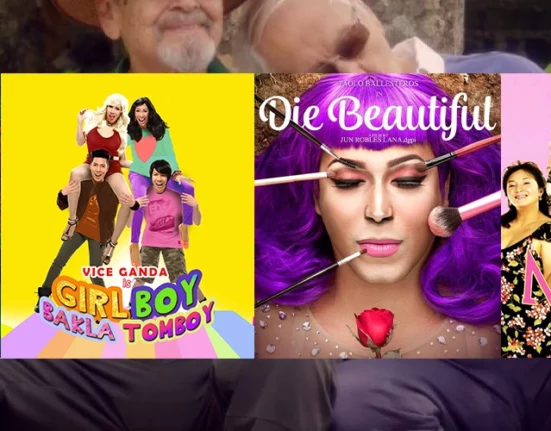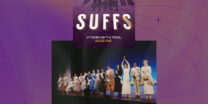THERE are several known films that have introduced the LGBTQIA+ community in the country. Such movies used different elements to make the viewers see an image of the community in a realistic way—supposedly.
Here’s a list of LGBTQIA+ films that became a hit in the Filipino theaters. Do they really mirror a realistic image of the LGBTQIA+ community? Or do they present unhealthy connotations to the public?
“Manay po!” (2006)
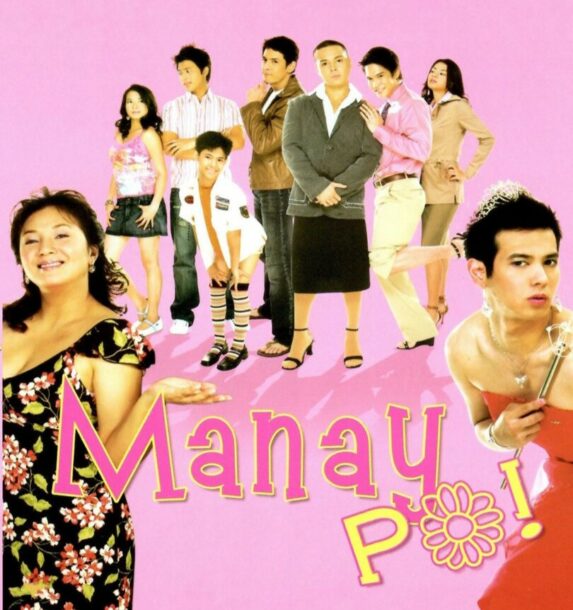
In 2006, Regal Home Entertainment produced the film “Manay po!” starring Cherry Pie Picache, John Prats, Jiro Manio, and more. The story revolves around three siblings who are all part of the LGBTQIA+ community.
The eldest Oscar (Polo Ravales) is bisexual, the middle son Orson (John Prats) is an openly gay man, and finally Orwell (Jiro Manio) is still doubting himself, amid growing up around his brothers who had different sexualities.
The movie tackles different elements such as internal homophobia, family influence, and discovering one’s identity. However, like usual films about the LGBTQIA+ community, “Manay po!” focused more on the comedic timing and witty comebacks and stereotypes—like how Orson would be head over heels simping on his crush and how Oscar would beat Orson up whenever he acted “too gay.”
While these circumstances happen in real life, the comedic elements made it seem like such hardships that members of the LGBTQIA+ experience were too shallow to be taken seriously. Still, it was a great movie that made everyone enjoy the idea of a set of siblings none of whom were straight!
“Praybeyt Benjamin”/ “The Amazing Praybeyt Benjamin” (2011)
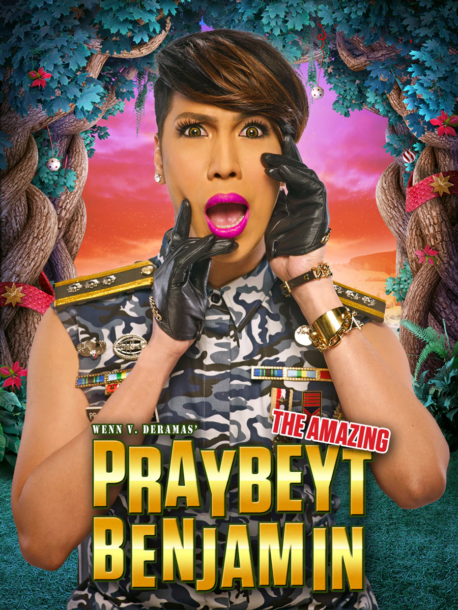
“Praybeyt Benjamin” tackled more serious topics compared to “Petrang Kabayo,” Vice Ganda’s first blockbuster comedy film. The plot of this film catered to issues such as homophobia and masculine/feminine shaming and tackled social issues like terrorism. It was a big thing to be able to put that out into the theaters and make people fall in love with it.
Since “Praybeyt Benjamin’s” characterization was realistic even with its comedic elements, it gave a realistic portrayal of how members of the LGBTQIA+ community are often mistreated and misjudged when they do something unusual (e.g. joining the military).
“Praybeyt Benjamin” broke the usual stereotype of how gays are portrayed in films—they’re usually shown as parloristas, beauticians, beauty queens and stylists. But Vice Ganda raised the idea that gays are much more than how they are usually portrayed, which was a win for the community at the time.
“Girl, Boy, Bakla, Tomboy” (2013)
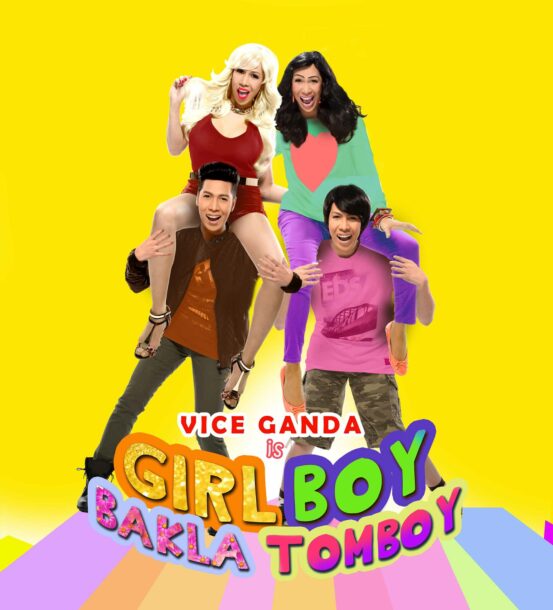
“Girl, Boy, Bakla, Tomboy” was the film that showed Vice Ganda’s versatility in acting. She played four characters with different genders: two cis-straight male and female, one lesbian, and one gay. The story revolves around a quadruplet who was separated by their parents and were reunited when the cis-male needed a liver transplant that should come from his brother (the “bakla”).
This film opened the doors for the LGBTQIA+ to be recognized as a large variety of sexualities and not limited to being a tomboy and bakla. Although the film did not explicitly recognize the other letters from the LGBTQIA+ community, it is still an eye-opener to the general Filipino public that there is a wider diversity when it comes to gender and sexuality.
“Die Beautiful” (2016)
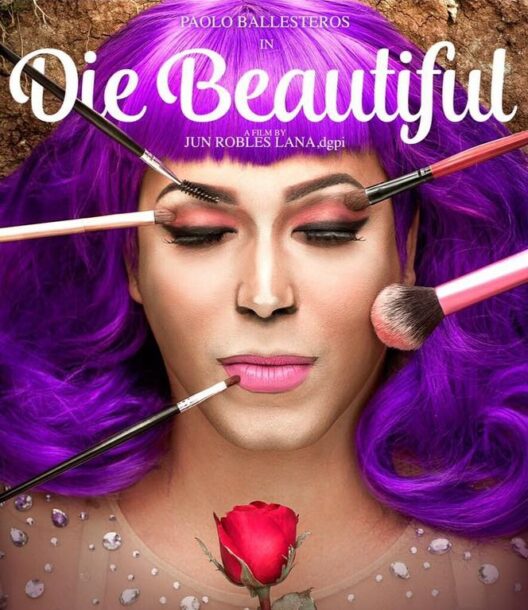
“Die Beautiful” was one of those films that broke the norm of bakla films. In the history of LGBTQIA+ films, there’s several movies that held more substance than comedic elements – but in this generation, LGBTQIA+ films are reduced to being comedic.
“Die Beautiful” brought back the drama and substance to this genre. The plot centers on Trisha (Paolo Ballesteros), a trans woman who died from cerebral aneurysm and was transformed as a different celebrity on each day of her wake.
The film also shows a series of flashbacks telling the story of Trisha from when she was in high school to the day she died.
This gave the audience a realistic image of what a trans woman goes through before and after transitioning, featuring the hardships they must go through in the eyes of their family and the society.
The film provides a perspective on the actuality of the LGBTQIA+ community’s lives, giving them a voice and importance as part of the society.
“Rainbow’s Sunset” (2016)
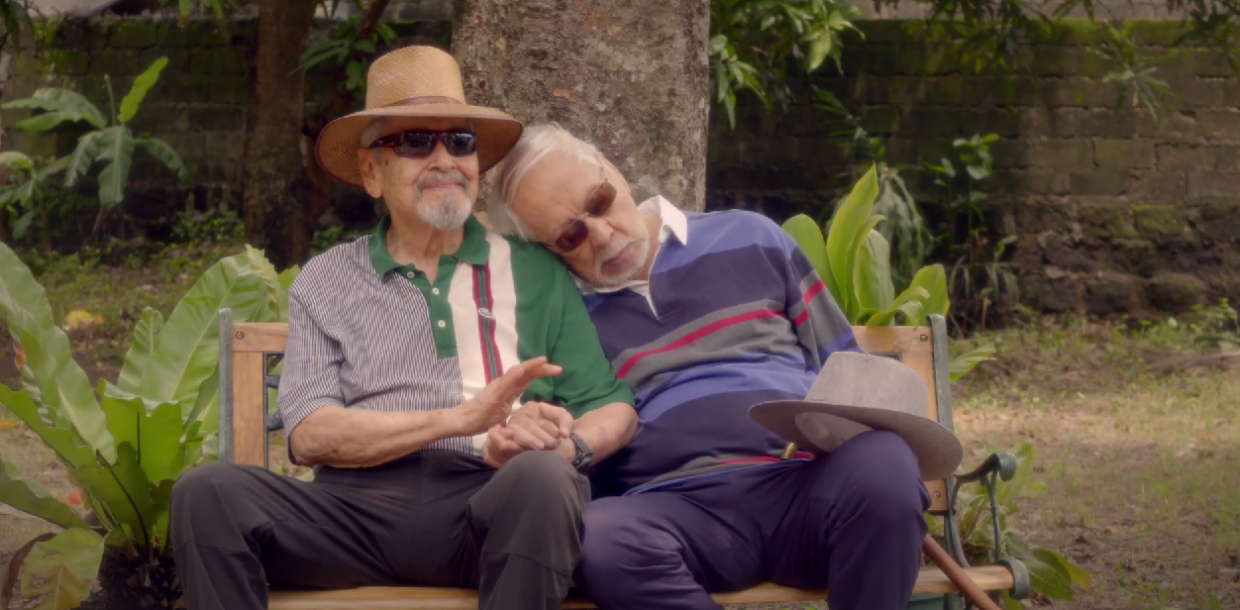
With the groundbreaking success of “Die Beautiful,” the film industry in the Philippines started to produce films that focus on the struggles of the LGBTQIA+ community.
“Rainbow’s Sunset” is one of those films that told the story of the community in a wholesome but dramatic way. It made the theaters relate and sympathize with the “future” of the community.
The plot revolves around the head of the family, Ramon (Eddie Garcia), who told his family that he will be taking care of his ill lover, Fredo (Tony Mabesa). His wife, Sylvia (Gloria Romer) agrees; his children, on the other hand, went into a spiral and did not support his decision. It tackles the hidden future that the gay community suffers from because of the piercing eyes of the society.
It gave a realistic point of view of how society affects the gay community when they age; that because of the lack of acceptance, they won’t be able to enjoy their lives as their real selves until it’s too late.
The films mentioned in this list are the films that the public grew up watching or was very interested in watching as it gained popularity with the themes that it presented when it started showing in the theaters.
With these films catching the public’s attention, it became the image of the LGBTQIA+ community to the viewers. Therefore, each of them became the basis of the public to the realities of the community.
That is why it is important to watch them beyond the surface, beyond the comedic timing and high saturation that was presented to us. We should follow through with the underlying issues that were tackled, to make sure that we understand that beneath the jokes comes the deprivation of life that they suffer from.

